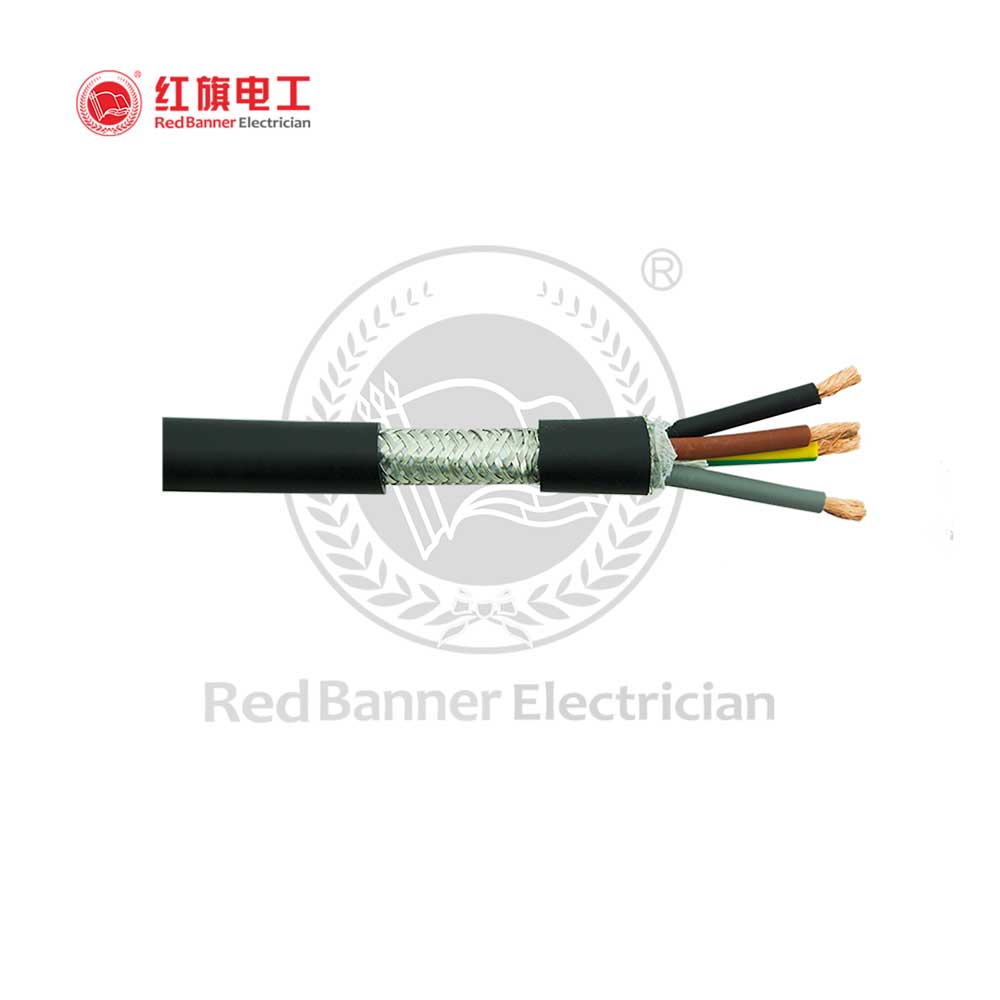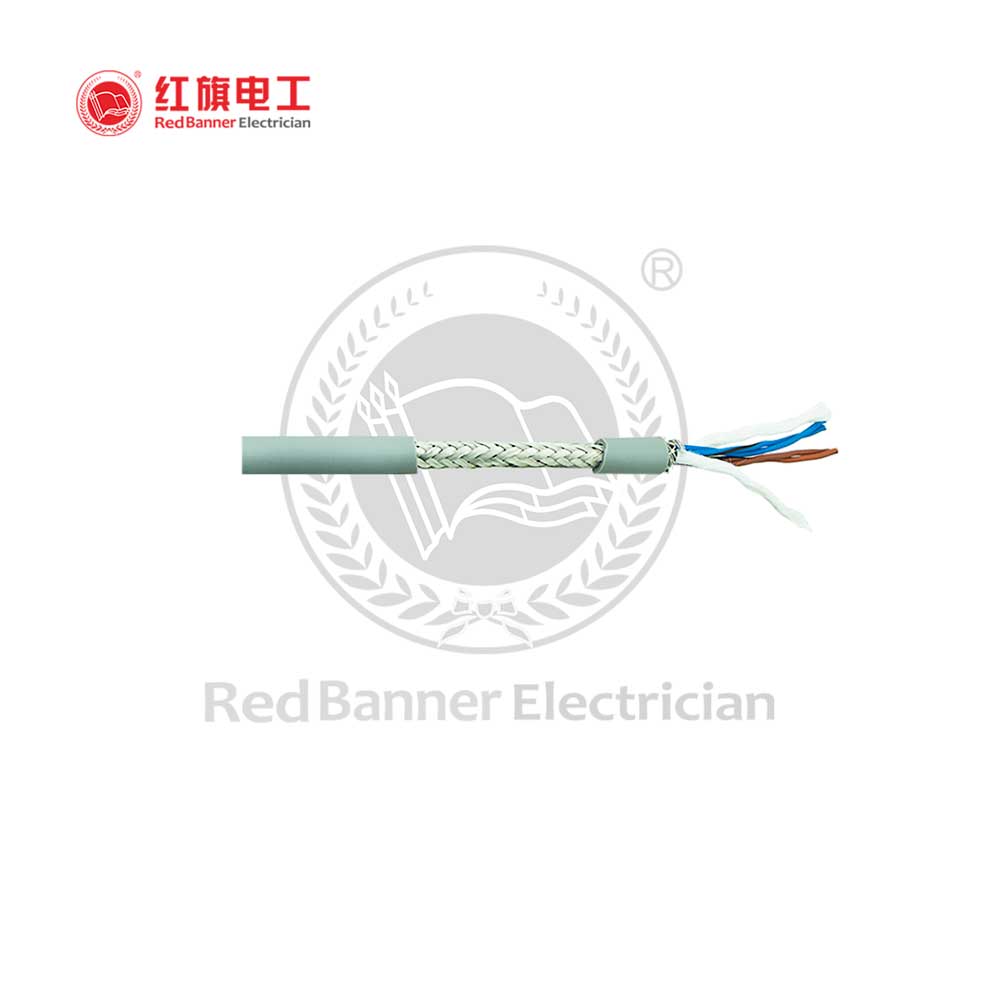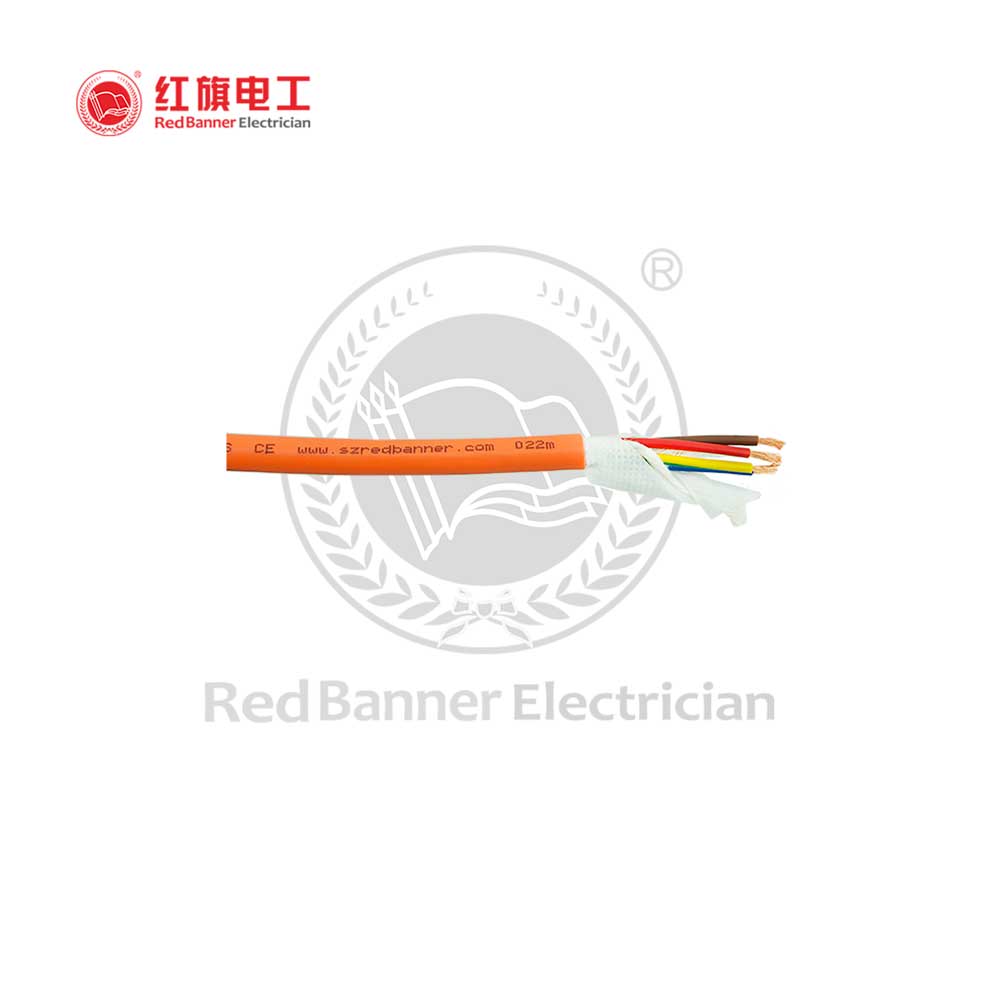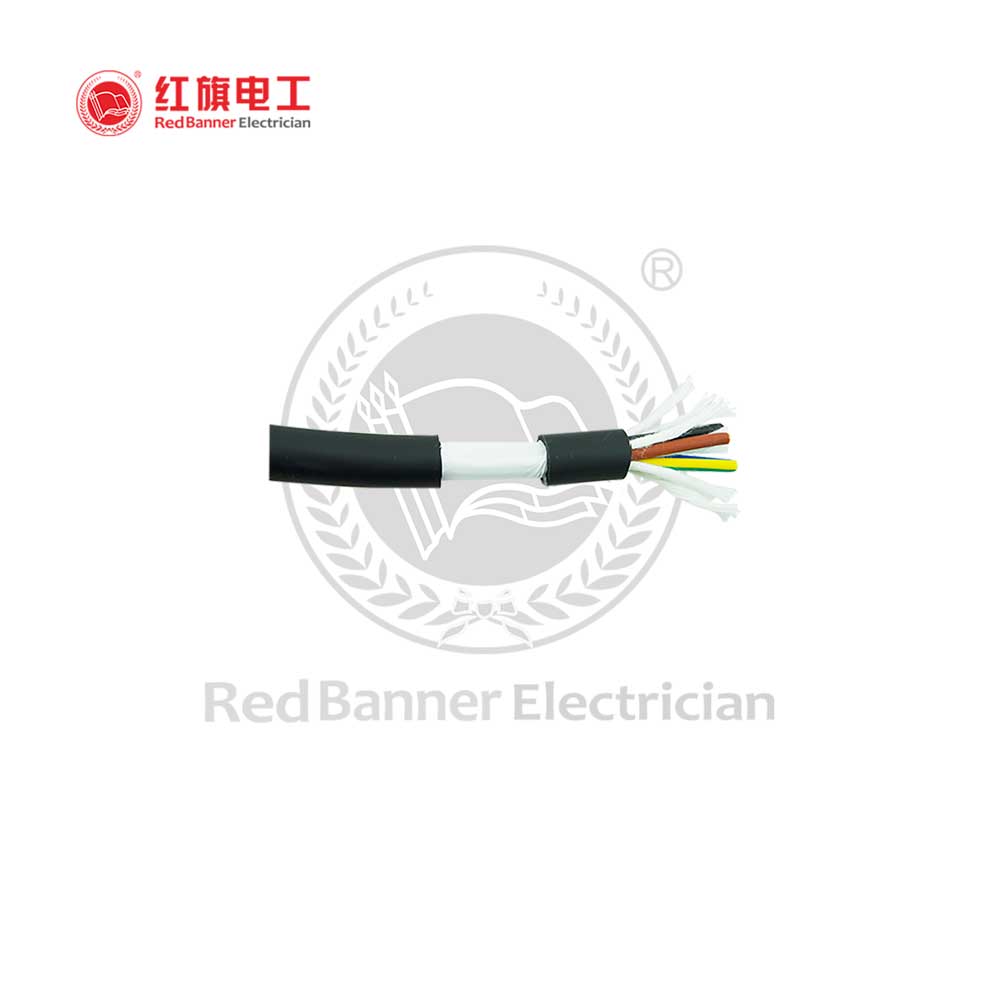3 Minute Make U Mastering the Variations and Uses of DC and AC Cables
 Dec 09,2021
Dec 09,2021

 Red Banner Electrician
Red Banner Electrician

DC and AC cables are vital components of electrical systems, facilitating the transfer of electrical energy. In this article, we will explore the disparities between DC and AC cables, their characteristics, and applications.
The Difference Between DC Cables and AC Cables
DC (direct current) flows in a single direction and is commonly utilized in batteries and solar panels. DC cables are engineered to transmit DC electrical energy from a power source to a load.
AC (alternating current) periodically changes direction and is prevalent in power grids, domestic, and industrial electrical systems. AC cables transport AC electrical energy from a source to a load.
Electrical Conductivity
One significant distinction between DC and AC cables lies in their electrical conductivity. Generally, DC cables exhibit superior conductivity as DC power is transmitted more efficiently through conductors compared to AC power. Consequently, DC cables are often smaller and lighter than equivalently rated AC cables.
Flexibility
Flexibility is another contrasting factor between DC and AC cables. Due to their smaller size and lighter weight, DC cables tend to be more flexible, facilitating installation in confined spaces. Conversely, AC cables are typically stiffer and less flexible, making certain installations more challenging.
DC cables also tend to be more resistant to voltage drops compared to AC cables. Voltage drop refers to the loss of electrical energy during transmission. The efficient transmission of DC power through conductors minimizes voltage drops.
Applications
In terms of applications, DC cables find usage in renewable energy systems like solar panels and wind turbines. They are also prevalent in electric vehicles, portable electronics, and other devices that generate or consume DC electrical energy. AC cables, on the other hand, are commonly employed in power grids, residential and industrial electrical systems, as well as some renewable energy setups such as hydroelectric plants and specific types of wind turbines.
In summary, both DC and AC cables are indispensable in electrical systems for transferring electrical energy. While they differ in conductivity, flexibility, and voltage drop resistance, they serve the same purpose.


 HOME
HOME Exploring The Low-Voltage Cables : Types and Applications
Exploring The Low-Voltage Cables : Types and Applications  You May Also Like
You May Also Like









 Tel
Tel
 Email
Email
 Address
Address









